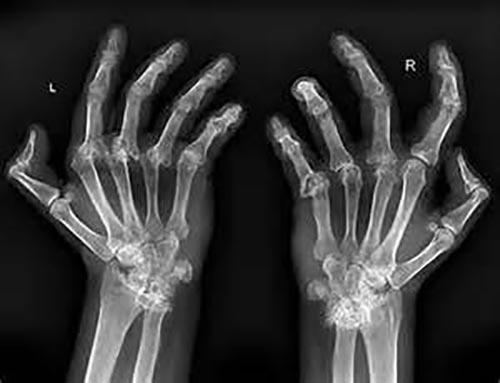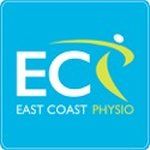RA
In part 3, Neil Liffen, of East Coast Physio, discusses the importance of early diagnosis and treatment of Rheumatoid Arthritis (RA).
The importance of early diagnosis and treatment
If your doctor suspects that you have RA, you will usually be referred to a joint specialist, a rheumatologist to confirm the diagnosis and to advise on treatment. It is very important to start treatment as early as possible after symptoms begin because any joint damage done by the disease is permanent, therefore minimizing joint damage is essential (Figure 1).
The aims of treatment include a number of medicines to decrease disease activity and prevent joint damage, which may include medicines called disease-modifying anti-rheumatic drugs (DMARDs), biological medicines, NSAIDs, steroid injections and simple analgesia. These are medicines that reduce inflammation (Figure 2) and ease symptoms but also reduce the damaging effect of the disease on the joints.
Whilst on treatment you doctor is likely to perform further blood tests for inflammation (CRP), in conjunction with assessing your symptoms and is a good way of monitoring disease activity and the effect of treatment in controlling the disease. However, when a satisfactory level of disease control has been achieved, your doctor may advise a cautious reduction in doses, but not to a dose less than that required to continue to maintain disease control.
What is the prognosis?
The prognosis regarding joint damage is perhaps better than many people imagine:
• About 2 in 10 people with RA have a relatively mild form of the disease, and can continue to do most normal activities for many years after the condition first starts.
• About 1 in 10 people with RA become severely disabled.
• About 7 in 10 people with RA fall somewhere in between with varying degrees of difficulties and disability. Most will have to modify their lifestyle to some extent, but can expect to lead a full life.
However, as research and treatment develops the prognosis is likely to improve.
During a flare-up of inflammation it is recommended that you rest the affected joint(s) to help ease pain and stiffness and remain active to minimize disability. If possible, leading a healthy lifestyle, such as not smoking, eating healthily, taking regular exercise, etc, can help to reduce the chance of developing associated problems including cardiovascular diseases and osteoporosis. Other treatments such as physiotherapy, occupational therapy, and surgery may also be advised, depending on the severity of the disease and other factors.
If you have joint pain and swelling and would like a consultation with diagnostic ultrasound, please contact ECP, as there may be a underlying inflammatory joint condition to explain your symptoms.

Figure 1. Hands RA

Figure 2. Tenosynovitis (inflammation tendon sheath)



